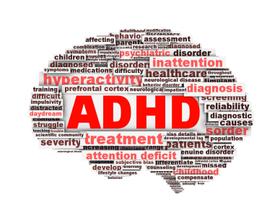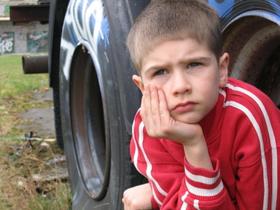Over the last 60 years, American public schools have become more and more diverse, with various ethnic and racial groups comprising a significant percentage of total enrollment. However, according to released by the National Center for Education Statistics (NCES), the diversity of public schools in this nation will change drastically over the next decade and appear much differently than today.
The Numbers
The number of white students enrolled in public schools has been falling for years. , between 2000 and 2010, white enrollment decreased from 61 percent to 52 percent of the total public school population. At the same time, the number of Hispanic students increased from 16 percent to 23 percent of total enrollment. This was a trend seen throughout the country over that timespan, with schools in the South and the West seeing the largest Hispanic enrollment increases of any region.
 Graph from
Graph from
The 2014 data released by the NCES shows that this trend has continued since 2010 and will continue for the foreseeable future. Through the 2022-2023 school year, the number of white students graduating is projected to decline by another 16 percent. A 14 percent decrease in the number of black students and a 29 percent decrease in the number of American Indian and Alaskan Native students that graduate from public high schools is expected as well. Conversely, other minority groups are expected to show significant growth in the number of students who graduate. It is estimated that the number of Asian and Pacific Islander graduates will increase by 23 percent, while the number of Hispanic students who graduate is projected to increase by an incredible 64 percent.
Areas of Growth
The NCES study reveals that the majority of growth in minority enrollment will occur in the South and the West – areas that have seen significant gains in Hispanic and Asian populations over the last twenty years. It stands to reason that with an increase in the number of Hispanic and Asian families in these regions, the number of Hispanic and Asian students would also rise. Additionally, Hispanics and Asians are the fastest-growing segments of the U.S. population, with 2.2 and 2.9 percent annual growth in 2012, respectively. This further points toward continued increases in enrollment numbers and graduation rates for children of Hispanic or Asian descent.
Potential Problems Lie Ahead
Schools in the South and the West are growing rapidly, yet according to , schools in these areas, on average, spend less per pupil on education. For example, Arizona, which has seen explosive population growth since the early 1990s, spends just under $8,000 per pupil, which ranks 46th in the country. Another state that has seen rapid growth, Texas, spends $8,800 per pupil, which ranks 41st in the nation. Other states in the South and West, such as Nevada, Alabama, Mississippi, and Florida all rank in the bottom fifteen in terms of per-pupil spending. With increasing numbers of students entering schools in already cash-strapped areas, per-pupil spending is in danger of remaining stagnant or even dropping in these areas.

Source: NEA
Compounding the issue is that some states that have low per-pupil spending also have some of the highest rates of low-income students. As of 2011, 50 percent of Texas schoolchildren qualified for free or reduced lunches. In Nevada, that figure stood at 51 percent, and in Florida, 56 percent of students come from low-income families. In fact, thirteen of the fifteen states with the highest percentage of low-income students are in the South and the West – the same areas set to see astonishing growth in minority student populations.
According to data from the U.S. Department of Education’s Office for Civil Rights, in access to education for minority students already exist in schools throughout the nation:
- One-fourth of schools that have the highest concentrations of Hispanic and black students do not offer Algebra II. One-third of these schools do not offer chemistry.
- More than half of American Indian and Alaskan Native students attend schools that do not offer the full scope of math and science courses.
- Black, Hispanic, and Native American children are far more likely than white students to be taught by first-year teachers.
- Black and Hispanic students are more than twice as likely to attend a school where more than 40 percent of teachers do not meet all state licensure and certification requirements.
An influx of more minority students into the American public school system may very well exacerbate these existing educational inequalities. Unfortunately, students' success in public schools is partly dependent on the funding schools receive. Western and Southern states already must increase per-pupil spending just to keep spending flat. But with tens of thousands of new students on the horizon, funding for public schools in these areas will have to drastically change if inequalities in education are to be addressed.
Questions? Contact us on Facebook. @publicschoolreview
#PublicSchoolEnrollment #EducationSystem #EthnicDiversity #EnrollmentTrends #EducationChallenges #StateSchools #FinancialDemands #FutureofEducation














